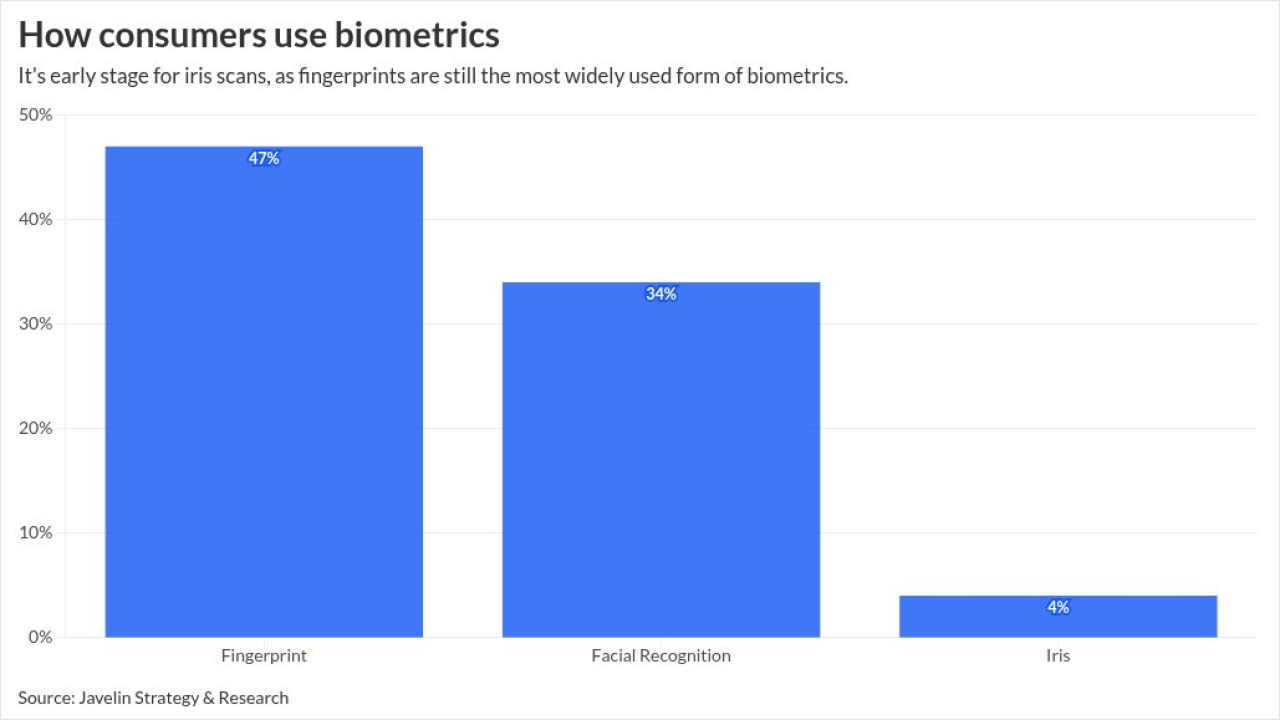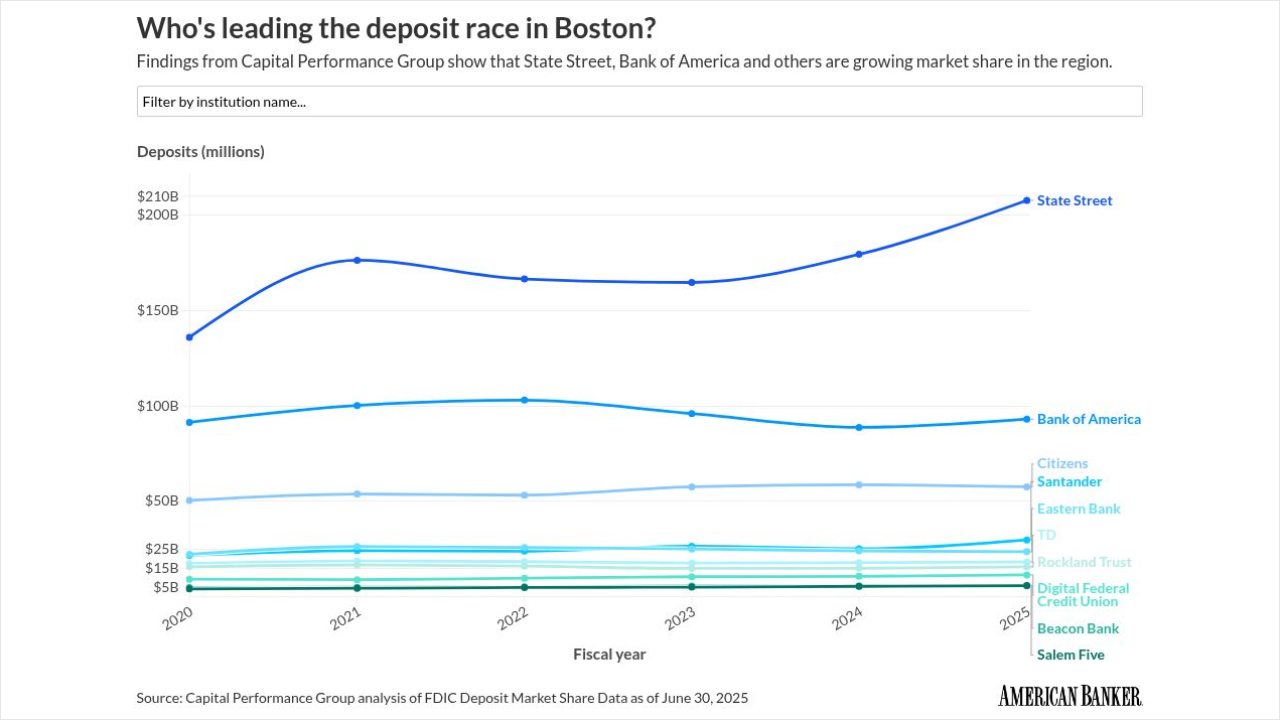
The Trump administration has moved fast to deregulate the banking sector, buoying the industry's long-term earnings outlook.
Those moves don't mean everything will come up roses when banks start reporting their second-quarter results on Tuesday. Still, the industry's relatively sunny earnings outlook
Since then, U.S. banks have seemingly regained their footing, especially the big banks, which recently
The KBW Nasdaq Bank index, which measures large bank performance, is up 12.82% since January, while the KBW regional bank index has increased by under 4%.
While banks have continued to express confidence in the U.S. consumer outlook, the biggest "dark cloud" for the economy is deficit spending, said Gerard Cassidy, a large cap bank analyst at RBC Capital Markets.
"In terms of the economy, there's always a risk that something could go awry, and that could lead to an economic slowdown or recession," Cassidy said. "The biggest cloud on the horizon for the U.S. economy is what's going on in the federal government — the deficit spending is extremely high, the debt to GDP is moving higher."
He added that at some unknown point in the future, the fear is that the U.S. will have to start "paying the piper."
Here are some of the trends to consider over the next couple of weeks, as banks announce their second-quarter earnings.
Loan growth is picking up steam
Loan growth has been relatively tepid for several years, but borrower demand could be coming back to life. Across the industry, loan growth from June 2024 to last week hit 4.2%, breaking 4% year-over-year growth for the first time since late 2023, according to Federal Reserve data released Friday.
Earlier this year, industry participants had anticipated that lending would pick up, especially after the Fed cut rates in 2024 and the political environment became more certain. But the wait-and-see stance continued in April, as Trump's tariff policies put commercial borrowers on edge.
Read more on earnings:
Even as loan growth has started to accelerate during the second quarter, the gains haven't been distributed equally across the industry.
Among big banks, total loans have grown by 3.8% from last June, while smaller institutions have seen a 3.3% increase over the same time period, according to Fed data.
Certain sectors have been hot spots,
Investment banking may not be the buoy it used to be
Part of the big banks' advantage comes from their diversified revenue streams, but the cyclical nature of capital markets
Equity capital markets and advisory businesses may be soft spots in banks' results, Cassidy said. But recent improvements in the initial public offering market and in M&A activity may sow confidence about investment banks' results in the back half of the year.
"Now, when times are good or expected to be better for capital markets, that always works well for the money-center banks," Cassidy said.
But when there's pressure or volatility in the market, the capital markets business isn't the advantage it has been in the past, he added.
When high deposit costs and low-yielding securities portfolios are dragging down net interest income, fee-driven revenue streams, including much of the investment banking business, could buoy banks' earnings.
But Cassidy said the industry is bullish on the capital markets business going forward, encouraged by some record trading volumes earlier this year and recent activity.
Deregulation holds both short-term and long-term promise
The recent rollback of rules and requirements has given the industry hope that it will be able to operate more profitably, while also bolstering banks'
Since the Fed reported that all big banks have enough capital to weather a severe economic downturn, many lenders have increased their dividends and upped their share buyback plans.
Proposals to reduce capital requirements may give banks more flexibility to lend or to facilitate Treasury market trades.
Another major way that banks stand to benefit is in stronger long-term profitability metrics, which should boost stock valuations.
Cassidy said he doesn't expect deregulation will lessen compliance costs, since banks will still need teams to handle risk management.
Banks are largely waiting for the so-called Basel III endgame capital rules to be finalized before deploying new capital strategies, he added. But if Common Equity Tier 1 capital ratios come down, then return on equity could get a boost, especially if banks buy back more stock and give excess equity back to shareholders.
"We could see banks in 2026 potentially giving higher guidance on long-term profitability," Cassidy said. "And the higher it is, the higher it moves, the better it is for the stock valuations of the companies that are improving their ROTCE."





